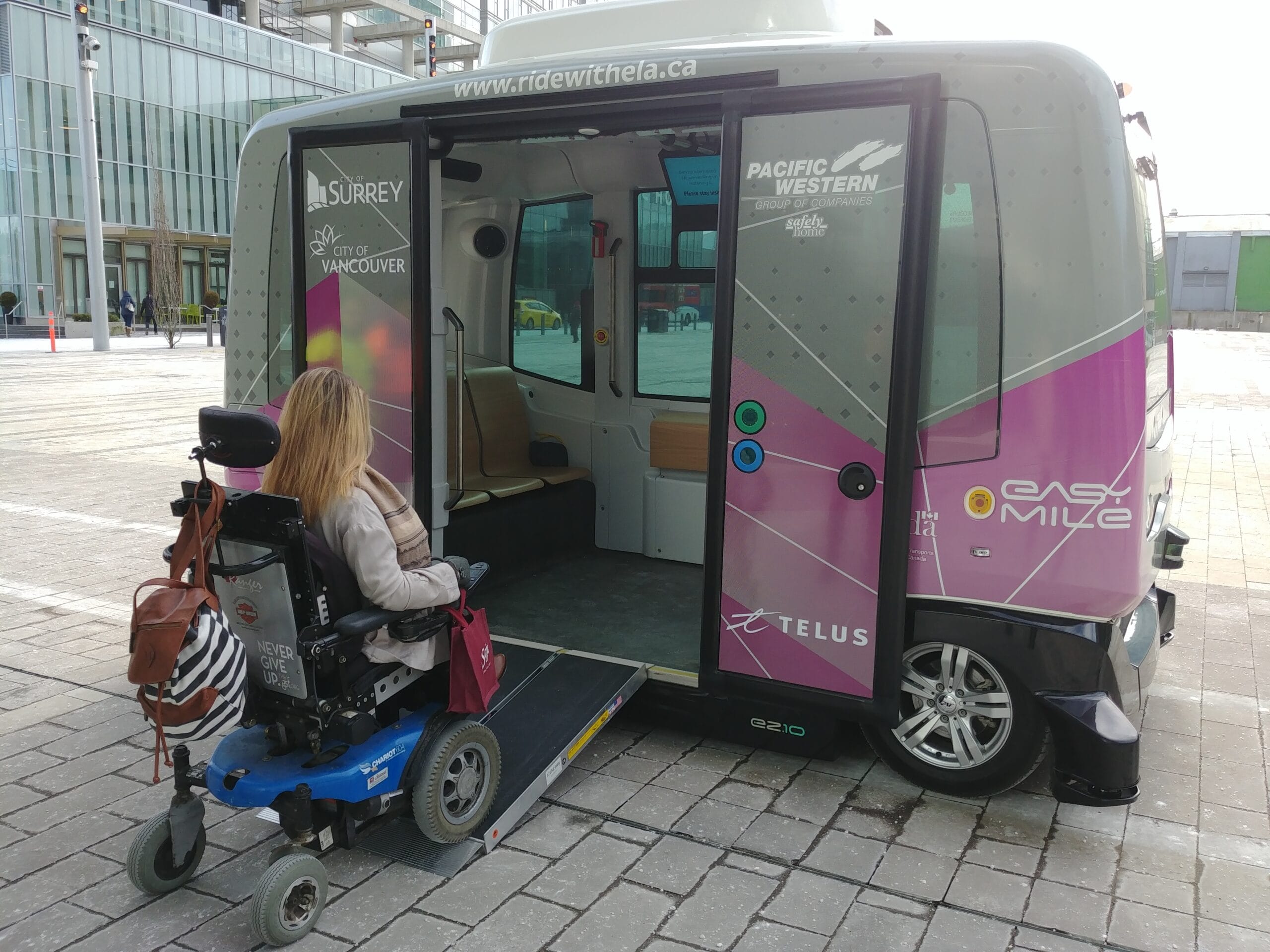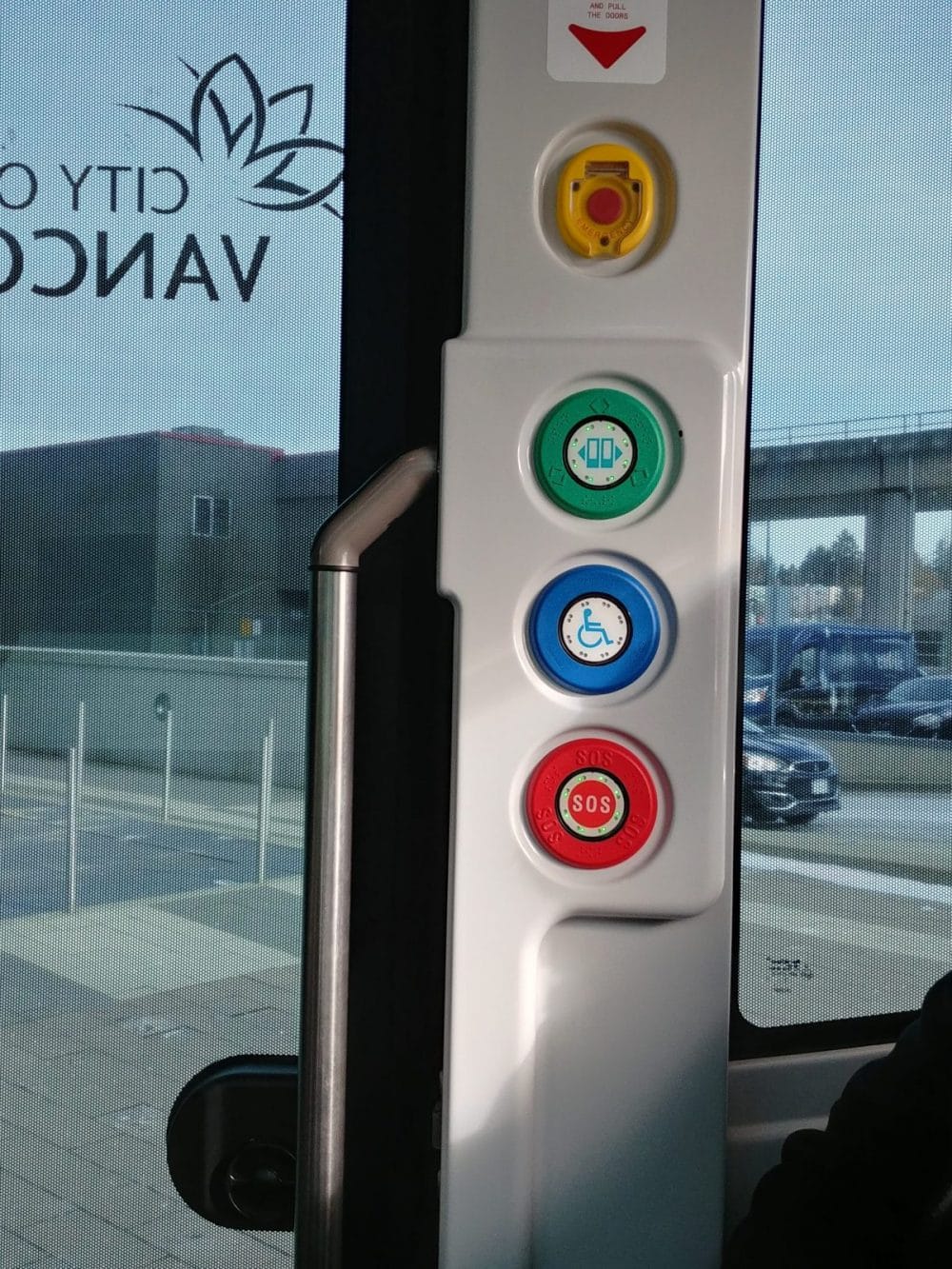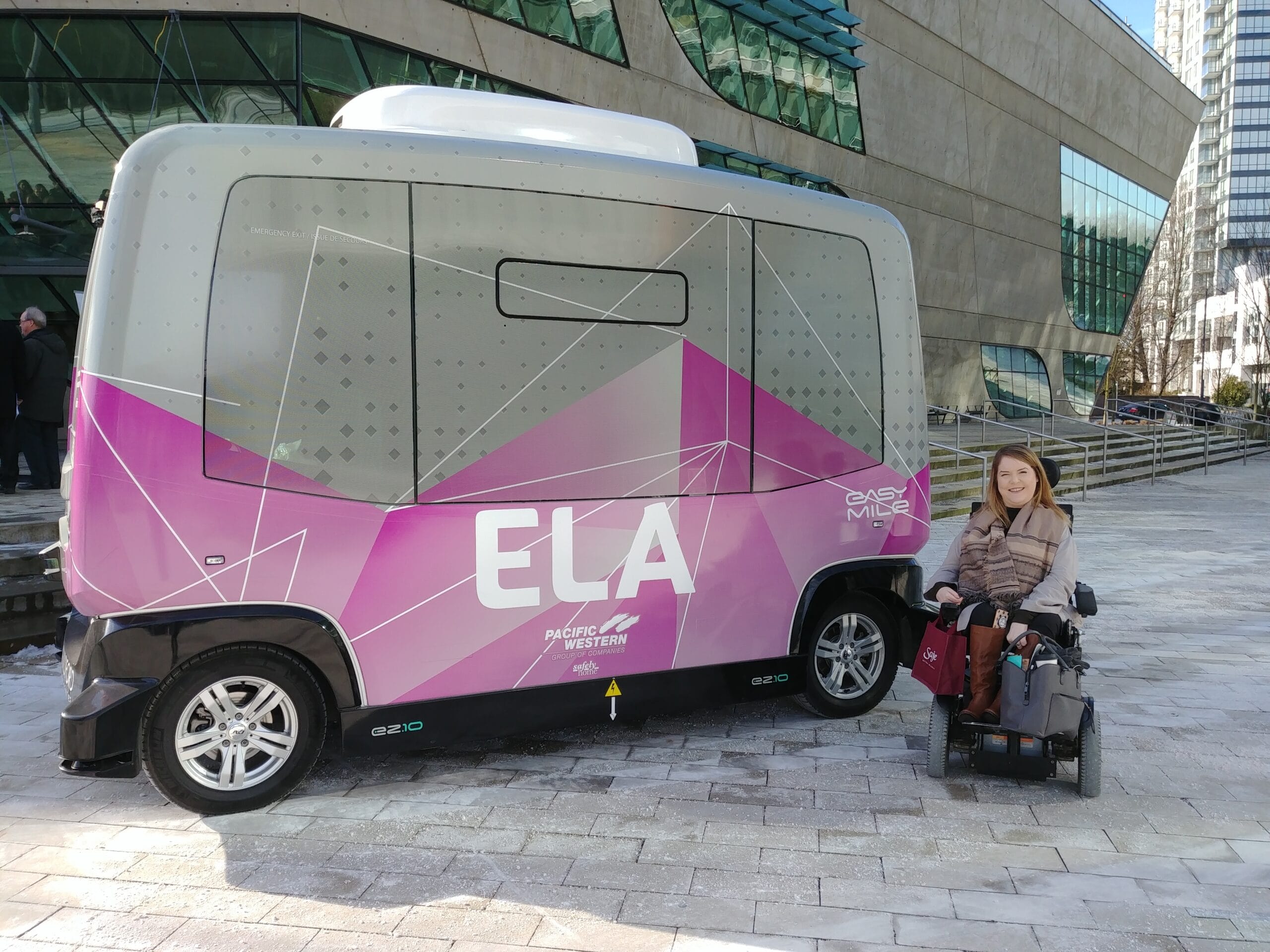Are driverless vehicles such as the ELA (ELectric Automation) the future of transportation?
As a 100 percent electric autonomous vehicle, ELA may seem like something out of The Jetsons. But this technology is already being used in many countries around the world. Similar driverless shuttles have been deployed in more than 20 countries in areas of dense, urban populations. They connect people to important destinations not al-ways accessible by conventional public transportation, and within large facilities such as airports, hospitals, community centres and university campuses.
ELA (short for ELectric Automation) is part of an entry in the Smart Cities Challenge, a Canada-wide competition for up to $50 million in funding for initiatives that will achieve meaningful outcomes for residents through the use of data and connected technology. Surrey and Vancouver teamed up to enter the competition and, with support from Pacific Western Transportation, brought ELA to life as an example of a connective technology that could be implemented in the two growing metropolises.
ELA uses sensors, cameras and computers to detect objects and understand its surroundings. It has an automatic ramp for accessibility (and a manual ramp if needed). Users activate the vehicle with buttons on the exterior and interior. Once activated, ELA follows a fixed or on-demand route and reacts to its environment to avoid pedestrians, cyclists and other hazards.
“Driverless vehicles are anticipated to eliminate one of the leading contributors to collisions—human error,” says Vancouver Mayor Kennedy Stewart. “By piloting them on these corridors, we can learn more about how they can be used throughout the region to improve safety, reduce congestion, and create safer, greener, healthier, more connected communities.”


Once activated, ELA follows a fixed or on-demand route and reacts to its environment to avoid pedestrians, cyclists and other hazards.”

For SCI BC and our Peers, ELA and other driverless vehicles may someday be a viable option to connect people with disabilities to their communities more easily. So naturally, we had to see ELA in action for ourselves. In early February, several SCI BC staff and Peers took a test ride with ELA at the Surrey Civic Plaza. Their thoughts are below.
Stephanie Cadieux, manual chair user:
“Interesting to see where the future of transportation is going and to see how autonomous vehicles may be a part of it. The vehicle itself was small, but had enough space for a couple of manual wheelchair users and some additional passengers. The ramp was similar to a modified van ramp, but it was quite steep—some users like me would need assistance.”
Micaela Evans, power chair user:
“The vehicle itself was small, which isn’t the most ideal for folks with mobility needs or larger power wheelchairs like mine. But as a short distance form of transportation, I think it could work. I could see it working to support people with disabilities in accessing places like community centres, clinics or places that are not along the routes of existing transit systems.”
Marney Smithies, manual chair user:
“I was so excited to be on the first shuttle at the Surrey Civic Plaza. With the capacity of this bus being 12 able-bodied people or six and one or maybe two wheelchairs, it was limiting. [ELA] might mean greater independence for senior citizens, disabled people and people who don’t drive—it seems quite simple to operate and has a very quiet, smooth ride. Technology is amazing isn’t it?”
Visit www.smartertogether.ca to learn more about ELA and the Smart Cities Challenge!
 This article first appeared in the Spring 2019 issue of The Spin, alongside other stories including:
This article first appeared in the Spring 2019 issue of The Spin, alongside other stories including:
- Much More than Coffee
- No More Blind Spots
- Grow Your Own
- Hit the Wall
Read the full Spring 2019 issue of The Spin online!



